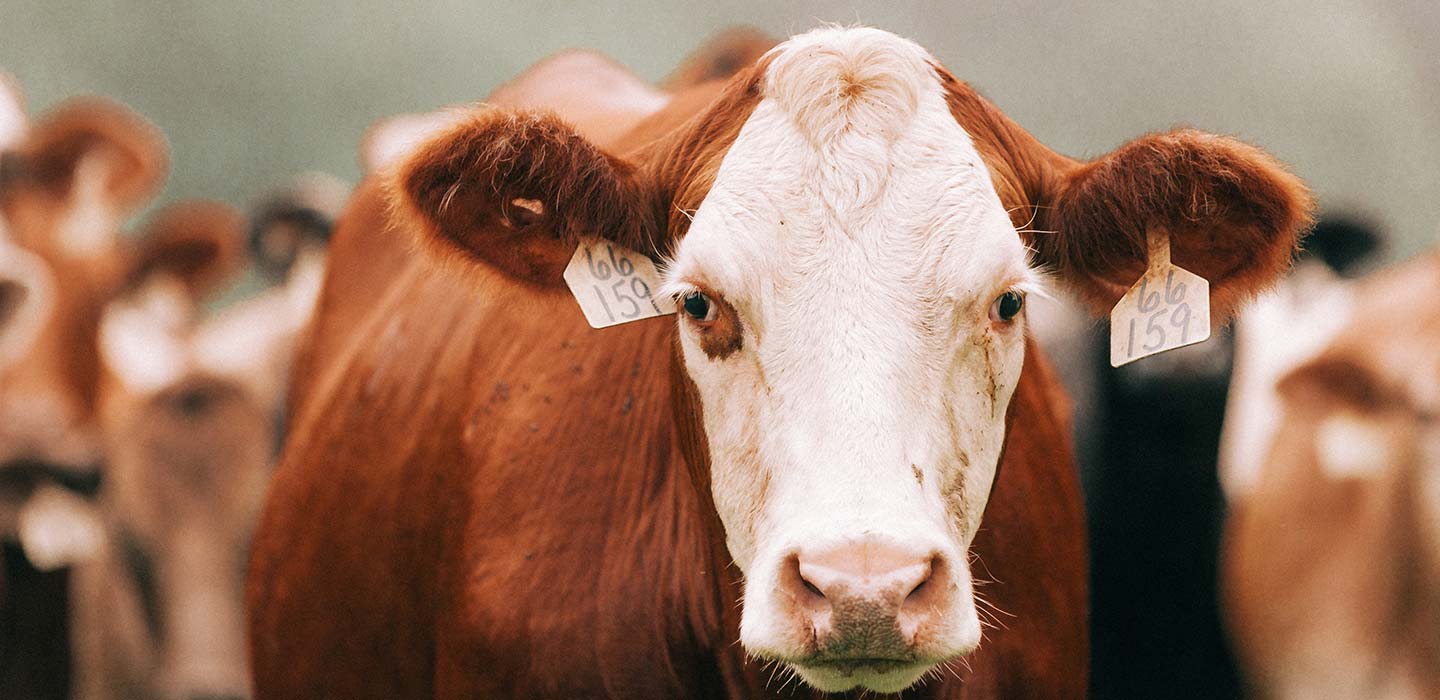
Beef Cattle
Insights, Services and Products to Support Your Operations
Our team of trusted professionals will partner with you to build a nutritional program that integrates our feeds, minerals and services to provide you a solution that fits your specific environment.
Achieve optimal results with your pasture herd by utilizing the proper products at the proper time. Our portfolio of beef minerals, additives and feed products will help you succeed.
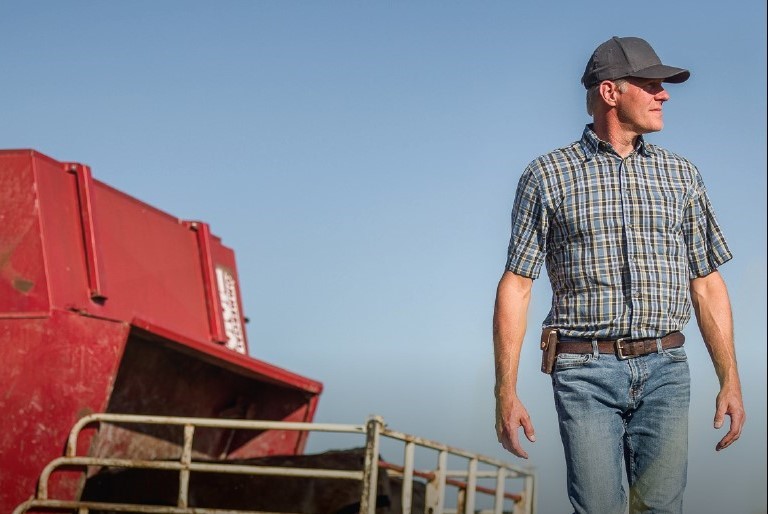
Ranger Limiter Technology
It’s Your Cattle, Forage, Feed, Time. Do it, Your Way.
Ranger® Limiter is Cargill’s proprietary technology that works with your forages and feeding program to meet your animal performance goals in a self-fed format. Ranger provides versatility to fit a variety of commodities and feed ingredients while optimizing performance and the right gain for your cattle and operation. Let Ranger help you do it your way.
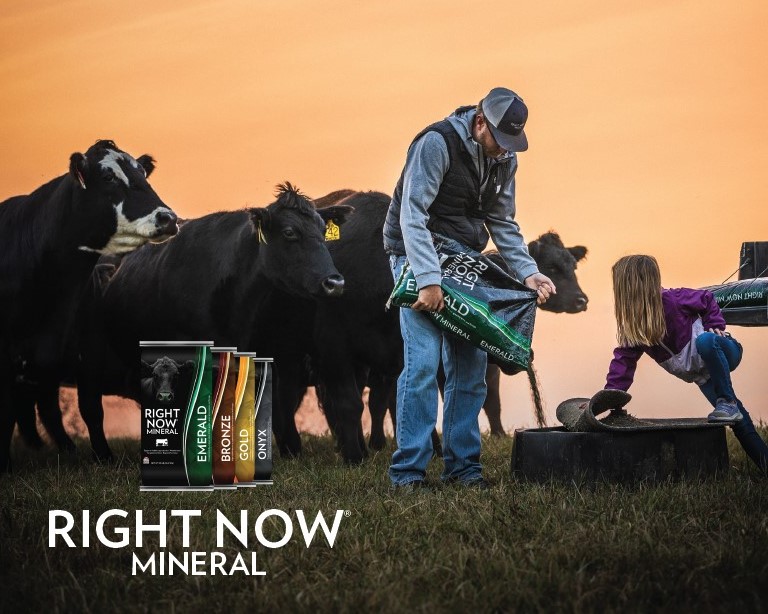
Right Now Mineral
Make sure your mineral works as hard as you do.
Right Now® minerals are formulated to allow you to match the mineral feeding program to the growing seasons, forage conditions and nutritional needs of your cattle. This program supports healthy weaning rates, heavier calves, and reduced feed costs.
Minerals
-
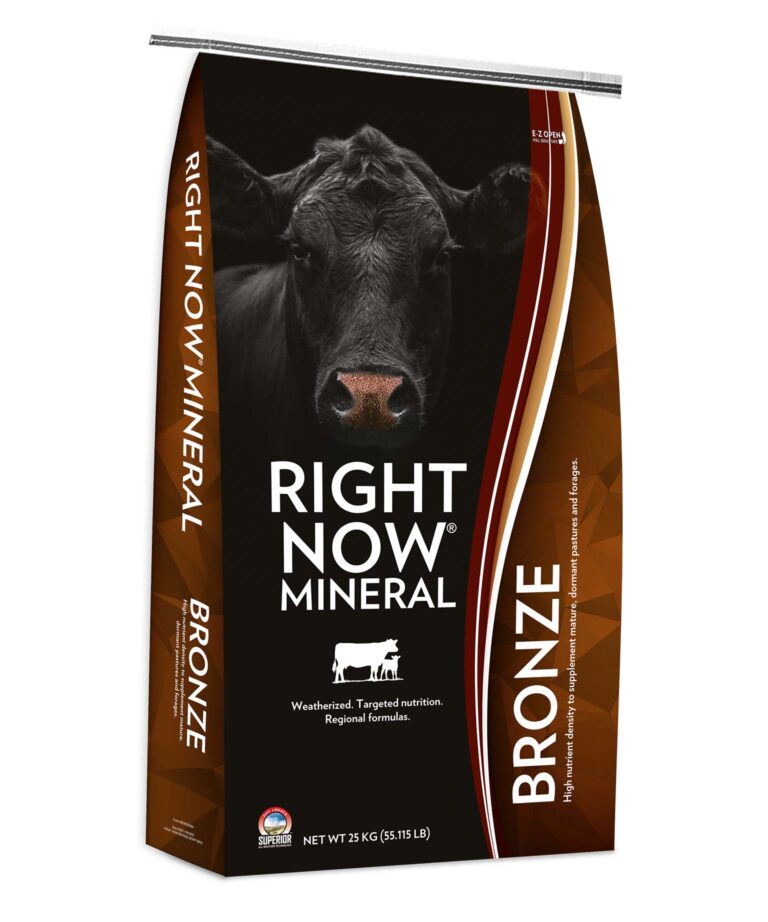 Right Now® Mineral
Right Now® Mineral
Bronze Mineral Supplement
12.0% Calcium (actual)8.0% Phosphorus (actual)5.8% Sodium (actual)High nutrient density to supplement mature, dormant pastures and foragesLearn More -
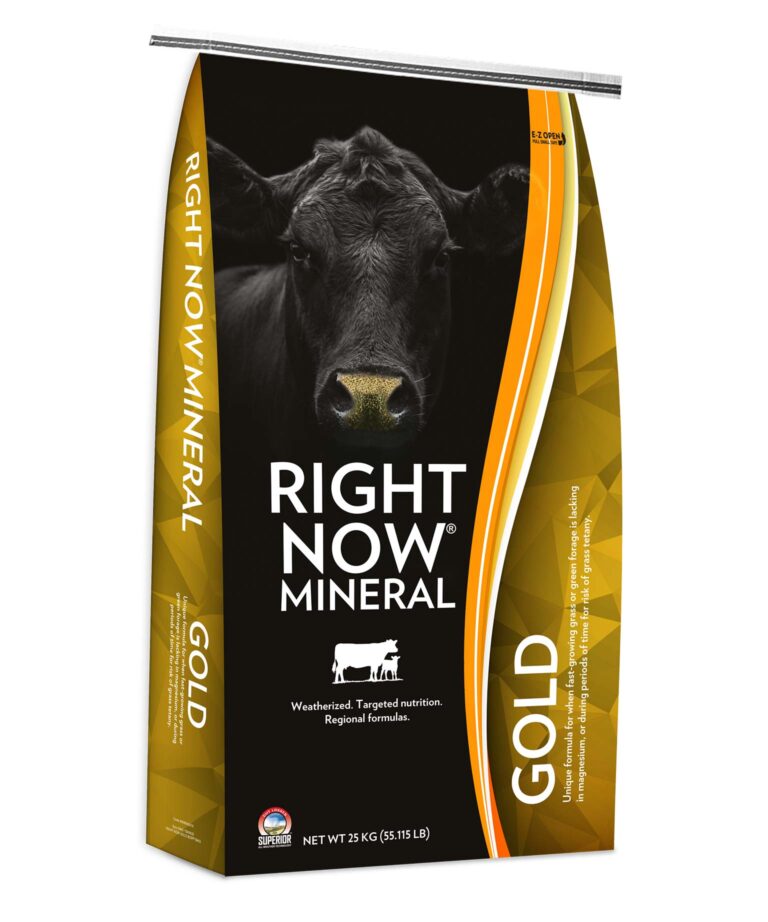 Right Now® Mineral
Right Now® Mineral
Gold Magnum Mineral Supplement
12.5% Calcium2.0% Phosphorus6.5% SodiumUnique formula for when fast-growing grass or green forage is lacking in magnesium, or during periods of time for risk of grass tetanyLearn More -
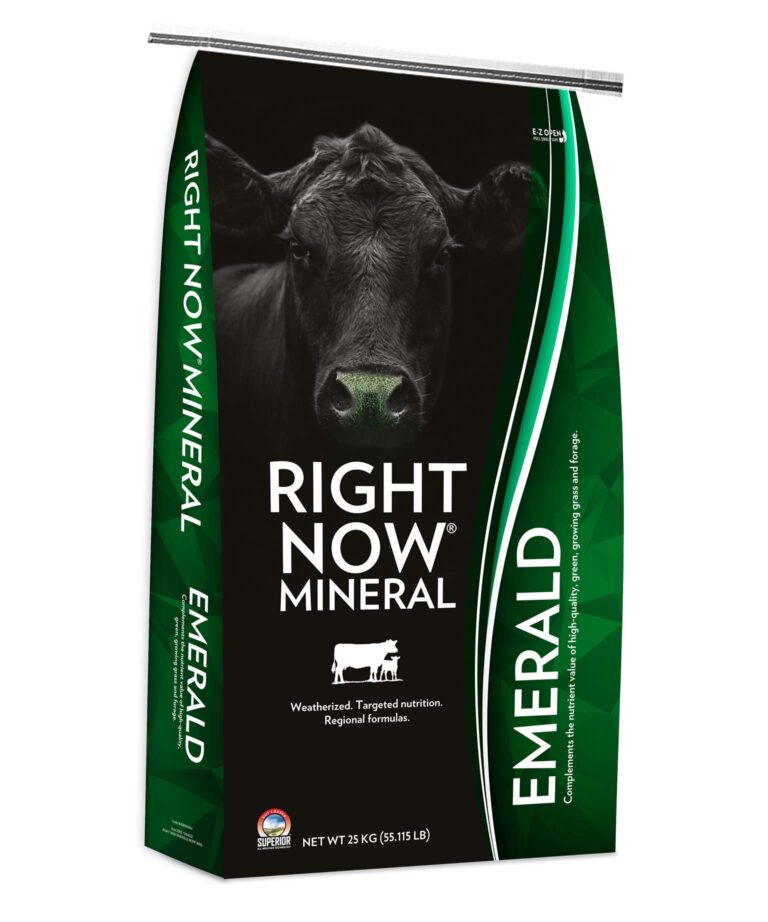 Right Now® Mineral
Right Now® Mineral
Emerald Mineral Supplement
15.5% Calcium (actual)6.0% Phosphorus (actual)6.9% Sodium (actual)Compliments the nutrient value of high-quality, green, growing grass and forageLearn More
-
Are minerals all the same, and should I buy the cheapest I can find?
While the price of mineral is not a definitive indicator of quality, products that are “dirt-cheap” may not be worth much more than dirt itself! Quality ingredients that cattle can utilize efficiently have greater demand and higher value, thus often a higher price. By definition, quality ingredients have a knowledge base behind them that is supported by extraction and refinement processes, as well as research that measures their biological value. A mineral element can be supplied by a variety of forms.
For example, zinc may be provided by zinc sulfate, zinc carbonate, zinc oxide, zinc chloride or one of many organic forms. Some forms are effective for supplementation, while others are less available and provide little or no biological value. However, all of them can be used in a product to meet the tagged specifications for mineral.
-
What kind of feeders should I put the mineral in?
Right Now® Mineral is weatherized and resists wind losses very well, so it does not need to be placed in weatherproof feeders. Most producers use inverted pick-up tires that are fastened to a wooden base or empty protein supplement tubs. In addition to keeping the mineral from being scattered or wasted by cattle, a prime concern in feeder selection is to use a vessel that allows calves unrestricted access to the mineral. Very often we find that wind-vane feeders and devices that use flaps that cattle have to learn to lift preclude many calves from consuming mineral.
-
Where should mineral feeders be placed?
Feeders should be placed in locations where cattle will find them frequently. Placing them along trails between the feed ground and water supplies is generally very successful. Adjusting the distance that mineral is located from water sources is a key tool used to control mineral consumption; moving the mineral closer to water sources generally increases mineral intake, while moving feeders farther from water will often decrease intake. Over the course of the grazing season, mineral locations should change to keep in synch with the cattle. In fact, many ranchers use mineral as a tool to draw cattle to areas they want the cattle to graze.
-
How many mineral feeders do I need to put out?
A good rule of thumb is to provide one mineral feeder for every 20 to 30 cows. Depending upon the geography of a particular grazing area, adjustments may need to be made. Evaluate the range and determine mineral feeding areas that will provide an opportunity for every cow to find a feeder at least every other day. Your Cargill consultant can assist you in this endeavor.

Contact a Beef Nutritionist
Get started on a nutrition plan for your beef cattle with our team.
